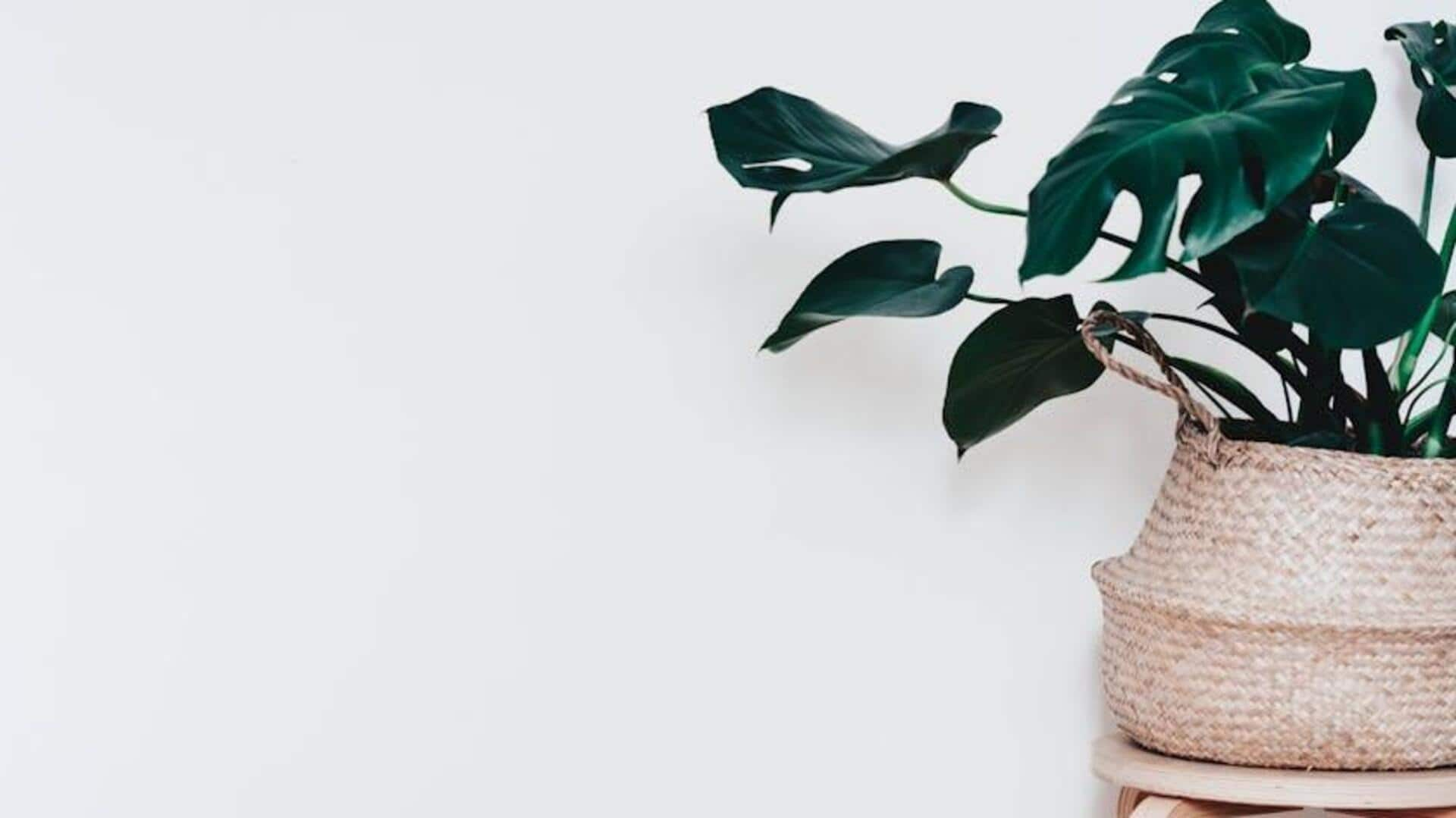
Indoor plant care: How to keep them healthy
What's the story
Indoor plants can add a dash of nature to any living space, but maintaining their health takes a little effort.
Wilting is a common problem that most plant owners encounter, usually because of improper care or environmental factors.
Knowing the requirements of your plants and making minor changes can prevent wilting and keep your indoor garden flourishing.
Here are five practical ways to keep your indoor plants vibrant and healthy.
Watering
Ensure proper watering techniques
Overwatering/underwatering are the leading causes of wilting in indoor plants.
It's important to know the specific water needs of individual plant species.
In general, it's better to water deep but less frequently, letting the soil dry out slightly between watering sessions.
Always check the top inch of soil for dryness before watering to avoid overwatering.
Using pots with drainage holes also ensures excess water doesn't sit at the bottom.
Lighting
Provide adequate light exposure
Light is essential for photosynthesis, which keeps plants healthy and prevents them from wilting.
Different plants require different amounts of light; some do well in bright sunlight while others prefer indirect light.
Place your plants according to the amount of light they need by placing them near windows or using artificial grow lights if needed.
Rotating pots regularly ensures even light on all sides of the plant.
Humidity
Maintain optimal humidity levels
Indoor environments tend to be less humid than what most houseplants prefer, which causes their leaves to wilt.
To keep humidity levels optimal, you can try misting your plants regularly or placing a tray full of water near them for evaporation purposes.
Keeping plants together can also create a microenvironment with higher humidity levels around them.
Soil quality
Use quality potting soil
The type of soil you use also matters a lot in preventing wilting by ensuring appropriate drainage and nutrients.
Opt for high-quality potting mixes designed specifically for indoor plants, as they offer balanced nutrients and good aeration properties required for root health.
Don't use garden soil, as it can easily get compacted indoors.
Temperature control
Monitor temperature fluctuations
Sudden temperature changes stress indoor plants, making them wilting.
Drafts or heating vents can cause significant indoor temperature drops, particularly at night.
Moving plants away from cold spots and closer to heat sources when possible helps maintain a consistent warmth.
This way, you can reduce stress and promote growth year-round. It would benefit both novice and expert gardeners.